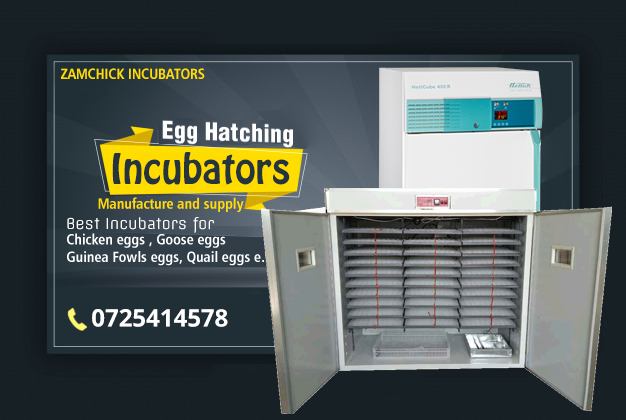How to Do Eggs Candling for Poultry Farming
Eggs candling is an essential technique used in poultry farming to check the development of embryos inside the eggs. It helps in identifying viable eggs, infertile eggs, and any potential issues during incubation. Here’s a step-by-step guide on how to perform eggs candling effectively.
What is Eggs Candling?
Eggs candling involves shining a bright light through an egg to observe its contents. This allows farmers to see the growth and health of the embryo.
Why is Eggs Candling Important?
Check Fertility
Purpose:
- Determine fertility of the eggs.
- Identify and remove infertile or non-developing eggs.
Monitor Embryo Development
Purpose:
- Ensure the embryo is growing properly.
- Detect any abnormalities or issues.
Improve Hatch Rate
Purpose:
- Increase the chances of a successful hatch.
- Remove eggs that won’t hatch, preventing contamination.
Equipment Needed for Eggs Candling
Candling Light
Description:
- A bright light source specifically designed for candling.
- Can be a handheld device or a stationary setup.
Dark Room
Description:
- A darkened room enhances visibility.
- Allows the light to penetrate the egg more effectively.
Egg Holder
Description:
- A soft cloth or egg holder to keep the egg steady.
- Prevents the egg from rolling or breaking.
Step-by-Step Guide to Eggs Candling
Step 1: Prepare the Equipment
Steps:
- Gather the candling light.
- Ensure you have a dark room or a space where you can dim the lights.
- Have a soft cloth or egg holder ready.
Step 2: Choose the Right Time
Steps:
- Candle the eggs around 7-10 days after incubation starts.
- Candle again around 14-18 days to check progress.
Step 3: Candle the Eggs
Steps:
- Turn off the lights in the room to make it dark.
- Hold the egg gently but firmly.
- Shine the light at the larger end of the egg, where the air cell is located.
- Rotate the egg slowly to see inside from different angles.
Step 4: Observe the Contents
Steps:
- Look for a network of blood vessels indicating a developing embryo.
- Check for a dark spot (the embryo) that grows over time.
- Identify the air cell, which should be present in a healthy egg.
Step 5: Assess the Eggs
Steps:
- Remove infertile eggs: Clear eggs with no visible development are likely infertile.
- Discard eggs with issues: Eggs with dead embryos or abnormal development should be removed.
- Mark healthy eggs: Use a pencil to mark the eggs that are developing normally.
Tips for Successful Eggs Candling
Be Gentle
Tip:
- Handle the eggs carefully to avoid cracking or damaging them.
Use Proper Light
Tip:
- Ensure the candling light is bright enough to penetrate the eggshell but not too hot.
Consistent Timing
Tip:
- Candle at consistent intervals to monitor progress effectively.
Practice
Tip:
- Practice candling on non-incubated eggs to get a feel for the process.
Common Observations During Candling
Viable Egg
Observation:
- Visible blood vessels and a moving embryo.
- Healthy air cell at the larger end.
Infertile Egg
Observation:
- Clear appearance with no signs of development.
- No blood vessels or embryo.
Dead Embryo
Observation:
- Blood ring or dark spot with no movement.
- Signs of abnormal development.
Eggs candling is a crucial practice in poultry farming that helps ensure a higher hatch rate and healthier chicks. By following these steps and tips, you can effectively monitor the development of your eggs and make necessary adjustments for successful hatching
